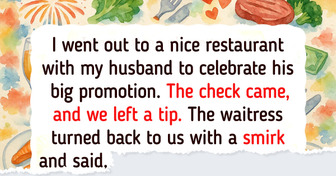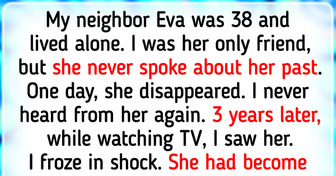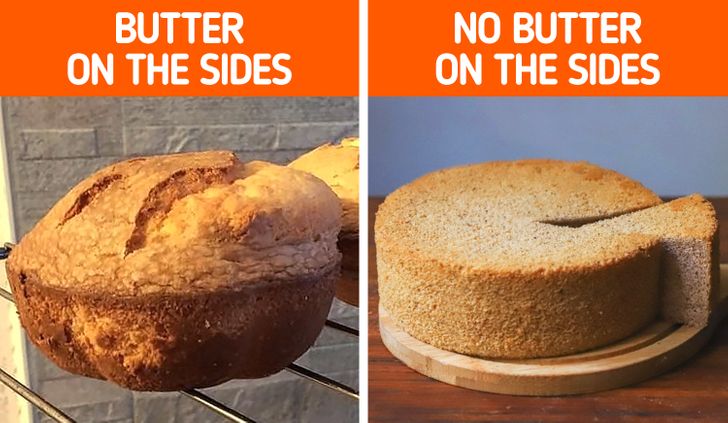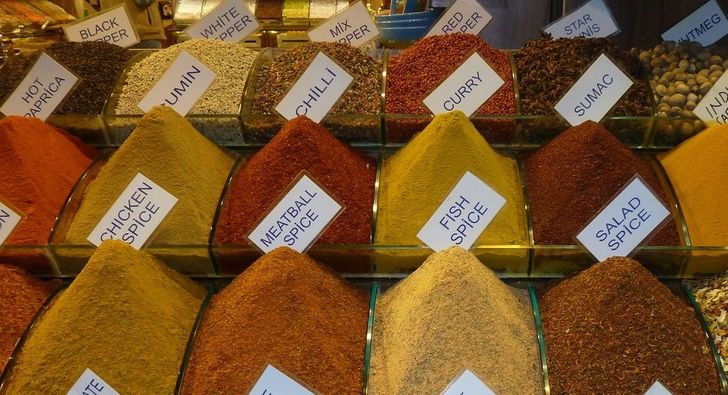cutting board
well, we use the white cutting board for everything! and actually, idk why do you need different ones
15+ Bad Cooking Habits That Could Make Gordon Ramsay’s Eyes Twitch
As we cook today, we all know a lot of different life hacks and tasty recipes. But because we’ve become really busy, some kitchen rules are ignored or forgotten. For example, not everyone remembers that bay leaves should be removed from the soup or it will become bitter. And the sides of a cake mold shouldn’t be covered with butter since it can lead to bad results.
This Bright Side compilation will tell you about some bad cooking habits that we should kick to the curb.
1. Cooling down egg whites in the fridge before whipping them
It is better not to do this. In fact, eggs are supposed to be at room temperature. You will get the best foam if you whip the whites over steam.
2. Baking potatoes right after peeling them
To make baked potatoes crunchy, you need to put them in water for 30 minutes, wash them, and wrap them in a towel. Only after that should you put them into the oven.
3. Putting butter on the sides of the mold when making sponge cake
The slippery sides of the mold won’t let the dough rise evenly — it will be slower on the sides and faster in the middle.
4. Using whole pieces of garlic
5. Storing foods in open cans
In open cans, foods are oxidized really fast. It’s better to put the contents into a glass container.
6. Boiling rice with the lid open

In order not to turn cooked rice into a paste, you should follow these rules:
- Water and rice should be cooked at a ratio of 1.5:1.
- The pot should have a thick bottom.
- Put the rice into cold water and let it boil. Stir the rice once, make the heat as low as possible, and cover the pot with a lid.
- Boil the rice for 13 minutes.
- Don’t remove the lid or the water balance will be disrupted.
- After you turn off the stove, let the rice rest for 10 minutes. Stir the prepared rice with a fork.
7. Using 1-2 cutting boards
There’s a standard color-coding system for different cutting boards that many restaurants use:
- Blue: raw seafood
- Red: raw red meat
- Green: fruits and vegetables
- Yellow: raw bird meat
- Brown: cooked meat
- White: dairy products and bread
Such division helps avoid the transmission of bacteria from one ingredient to another. Of course, restaurant kitchens and home kitchens are different, but it’s still best to cut meat, fish, fruit, and vegetables on different boards.
8. Not removing jewelry from the hands before cooking
Everyone knows this rule yet a lot of people ignore it. Rings, bracelets, and watches might have dirt and germs on them.
9. Storing bananas with other fruits in direct sunlight or in the fridge
In order to prolong the life of bananas, it’s better to store them individually at room temperature, far from sunlight and other fruits.
10. Buying ground spices
There are a lot of dishonest manufacturers out there. They add similar-looking plants into spices, seeds, starch, leaves, and other components. Universal spices often contain flavor enhancers, colorants, and other additives. It’s better to buy spices as they’re grown and grind them yourself.
11. Pouring the foam from the broth into the sink
When it cools down, it turns into plaque that can clog the pipes. You can take a bowl with cold water and put the foam into it. The low temperature will make it cool down, and after that, you can throw the fat into the garbage.
12. Washing frying pans in the dishwasher
13. Adding cold flour
When flour gets into hot liquid, it turns into lumps very fast. You can avoid this if you heat the flour on a dry frying pan.
14. Stirring and rolling the dough for cookies intensively
Because of gluten, the dough might become too dense. Due to this, the cookies will become rough.
15. Not washing your hands after cooking eggs
If you wash the eggs right after you buy them, you can damage the shell. It might lead to bacteria getting into the egg. If you don’t wash your hands after you touch the shell, you can transmit bacteria onto other foods.
16. Leaving bay leaves in dishes
Bay leaves that are left in the pot for a long time will make a soup or any other meal bitter. It’s better to add them at the end of the cooking process and leave them there for no longer than 10 minutes.
17. Using overripe berries for jam
Such fruits and berries don’t contain enough pectin for the jam to be thick enough.
18. Burning the feathers on a chicken over the stove
When you do this, the skin of the chicken will overheat and may even burn inside the oven. A good alternative is to use tweezers.
What life hacks and rules are popular in your kitchen?
Comments
As the article said so as to prevent the transmission of bacteria, chefs mainly use 5- 6 cutting board and that too of the required colors for the foods
yeah it's simply for your own health. You don't want to get sick after you cooked :)
must remember these tips before cooking
I'm that one person that stores the bananas in the fridge :D
in the fruits vase and it's fine 😉
mine are getting eaten so fast that they don't have to get spoiled lol
Related Reads
An Artist Who Just Wanted to Make a Girl Laugh Now Has Millions of Fans

10 Mothers-in-Law Who Carry Drama With Them Like It's a Family Heirloom

I Took Away a Waitress’s Tip — She Needed to Learn a Lesson

12 People Who Had Been Living in a Carefully Crafted Illusion

My Ex’s Wife Made My Teen Babysit Their Baby All Night—So I Took Drastic Action

20+ People Whose Ideas Are Way Beyond Insane

13 People Who Had Been Living in a Web of Lies and Deceit

18 Individuals Who Effortlessly Put Insolent People in Their Place

18 Rich People Who Lost It All and Had to Find a Way to Make Ends Meet

15+ People Who Dared to Leave Their Corporate Job Behind and Start a New Life

I Ran Away From Our Family Vacation After My Son Gave Me an Insulting Ultimatum

My Husband Secretly Tested Me, Then Reproached Me for Failing a “Supportive Wife” Test

















